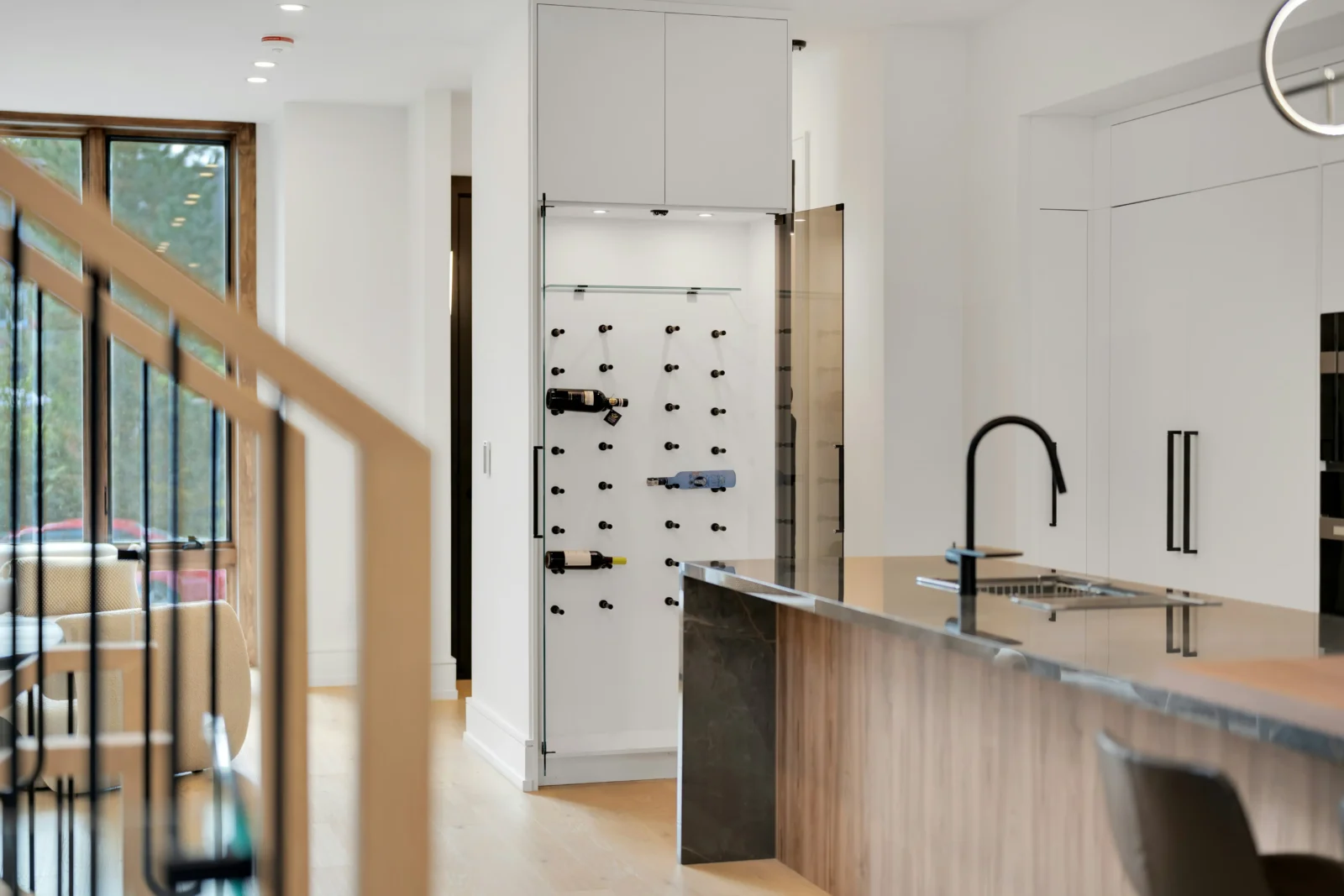- Home
- Articles
- Architectural Portfolio
- Architectral Presentation
- Inspirational Stories
- Architecture News
- Visualization
- BIM Industry
- Facade Design
- Parametric Design
- Career
- Landscape Architecture
- Construction
- Artificial Intelligence
- Sketching
- Design Softwares
- Diagrams
- Writing
- Architectural Tips
- Sustainability
- Courses
- Concept
- Technology
- History & Heritage
- Future of Architecture
- Guides & How-To
- Art & Culture
- Projects
- Interior Design
- Competitions
- Jobs
- Store
- Tools
- More
- Home
- Articles
- Architectural Portfolio
- Architectral Presentation
- Inspirational Stories
- Architecture News
- Visualization
- BIM Industry
- Facade Design
- Parametric Design
- Career
- Landscape Architecture
- Construction
- Artificial Intelligence
- Sketching
- Design Softwares
- Diagrams
- Writing
- Architectural Tips
- Sustainability
- Courses
- Concept
- Technology
- History & Heritage
- Future of Architecture
- Guides & How-To
- Art & Culture
- Projects
- Interior Design
- Competitions
- Jobs
- Store
- Tools
- More

If there’s one key factor that is essential to maintaining your general health and well-being, it is the quality of air inside your home. Changes in the weather and the surrounding environment can dramatically affect air quality within our homes.
Though most of us primarily use air conditioning systems as a way to manage air temperature, they’re also highly capable of enhancing the air we breathe indoors. Understanding how you can improve air quality by using your air conditioner in a smart and effective way can help you transform your home into a sanctuary of comfort and cleanliness.
Table of Contents
ToggleUnderstanding Your AC System
You’ll find a variety of air conditioning system types in homes across Australia. Each comes with unique methods and benefits for managing indoor climates.
Among the most common options you’ll find are split systems, which best suit heating and cooling individual rooms, and ducted systems, which can control air temperatures throughout the whole home.

Though these systems are primarily designed to control indoor temperature, they also play a critical part in air filtration and circulation. Get yourself familiar with the various features of your air conditioner, and you’ll be able to take full advantage of its capabilities of maintaining clean indoor air.
Regular Air Con Maintenance and Cleaning
Want your air conditioning system to continue operating efficiently and improving the air quality of your home? Make sure you give it the necessary TLC that it needs – that involves regular cleaning and maintenance.
In regions where the presence of dust and pollen can be commonplace, it’s essential to keep your air conditioner clean. Start by regularly cleaning the system’s air filters, or replace them if necessary. The filters collect pollen, dust particles, and other allergens, so they don’t blow through the air in your home. However, they can only hold so much and become considerably less effective once they’ve become clogged. We also recommend having a licensed technician service your air conditioner at least once a year. They’ll be able to:
- Check refrigerant levels
- Make sure all electrical parts work correctly
- Clean air ducts if necessary
These steps help maintain your AC’s effectiveness and extend its lifespan, all while reducing the likelihood of poor indoor air quality in your home.
Be very vigilant with the state of your air ducts, as neglecting them can lead to dust buildup and reduced system efficiency. As soon as you notice it’s time for action, call reliable air duct cleaning services who will thoroughly remove debris and ensure optimal airflow. Clean air ducts contribute to a healthier indoor environment by preventing allergens and mold from circulating throughout your home. Regular maintenance not only improves air quality but also helps your AC system run more efficiently, ultimately lowering energy costs.
Upgrading Filters for Better Air Quality
Speaking of filters, do you know the type you’re currently using in your system, and whether it’s the most effective option for your air conditioner? Upgrading the filters in your air con system can go a long way toward improving your indoor air quality.

One of the best options to consider for your AC is High-efficiency Particulate Air (HEPA) filters. They’re capable of trapping fine particles such as pollen, dust mites and pet dander, among many others. Studies have determined that they can filter particles larger than 0.3 microns in diameter.
Suppose you’re a homeowner who lives in an area highly susceptible to bushfire smoke or common urban pollutants. In that case, we also recommend using air filters capable of capturing fine smoke particles. Regularly replacing these filters as per manufacturer recommendations ensures they remain effective in keeping your home environment clean and allergen-free.
Enhancing Ventilation with AC Settings
Another way to drastically improve the air quality inside your home is to improve its ventilation.
Many modern-day air conditioning systems come with settings that regulate and maximise airflow. They allow fresh outdoor air to mix with the indoor air which can help to dilute and even remove airborne contaminants. Effective use of these settings allows you to keep the air in your home fresh and clean.
However, do note that it’s important to balance these settings with energy efficiency. In winter, for example, make sure that your AC is not drawing more cool air than is necessary as this can increase your heating costs. Smart use of your air con’s ventilation functions can build a healthier living space without significant energy wastage.
You can further enhance this effort by adding an air purifier for basement, or other areas harder to reach by AC. They can capture fine particles and pollutants that might bypass your AC filters, ensuring even cleaner air throughout your home.
Use of Dehumidifier Features
In many regions, managing high indoor humidity levels is crucial for maintaining air quality and comfort.
Excessive moisture can result in mould and mildew growth, which can negatively affect both your health and the structure of your home. Many modern air conditioning systems are equipped with dehumidifier functions that help control indoor humidity levels. Activating this feature can minimise or even prevent the moisture that encourages mould, keeping your indoor environment healthier. It also makes the air feel cooler and more comfortable. This may enable you to run your AC at a lower, more energy-efficient setting.
Smart Thermostats and Air Quality Sensors
Smart thermostats and air quality sensors highlight a significant forward step in effectively managing air quality in indoor environments. Weaving these devices into your AC system enables more precise control over temperature and air quality.

Smart thermostats use real-time data to regulate the cooling or heating in a single room or entire home. They help to maximise comfort and optimise energy usage. Then you have air quality sensors that monitor levels of pollutants like VOCs (Volatile Organic Compounds), dust, and allergens. Smart thermostats modify the AC operations to improve air filtration and circulation when required. This technology guarantees that your home keeps a consistently healthy air quality. It effortlessly adapts to both seasonal changes and your daily needs.
Embrace a Healthier Home Environment
Making full use of the capabilities of your air conditioning system goes beyond merely enjoying a comfortable temperature. It’s about investing in the health and well-being of your home environment.
By familiarising yourself with the full spectrum of air con features, maintaining regular servicing, and using smart technology, you can significantly improve the air quality inside your home. This proactive approach contributes to a more pleasant living space and supports the health of everyone in the household. In short, a win-win for everyone.
illustrarch is your daily dose of architecture. Leading community designed for all lovers of illustration and #drawing.
Submit your architectural projects
Follow these steps for submission your project. Submission FormLatest Posts
Innovative Cleaning for Modern Materials: How Hydroblasting Supports Architectural Design
Modern buildings don’t hide what they’re made of anymore. Glass is meant...
How to Improve Driving Conditions Around Your Office
Driving to work can feel like navigating a challenge. Traffic jams, potholes,...
Practical Solutions for Modern Home Improvements
Home improvements work best when they solve real problems. Focus on changes...
The Ultimate Guide to the SaaS Localization Process: Navigating Global Markets with Precision
The Software-as-a-Service (SaaS) model has revolutionized how businesses operate by providing cloud-based...












Leave a comment